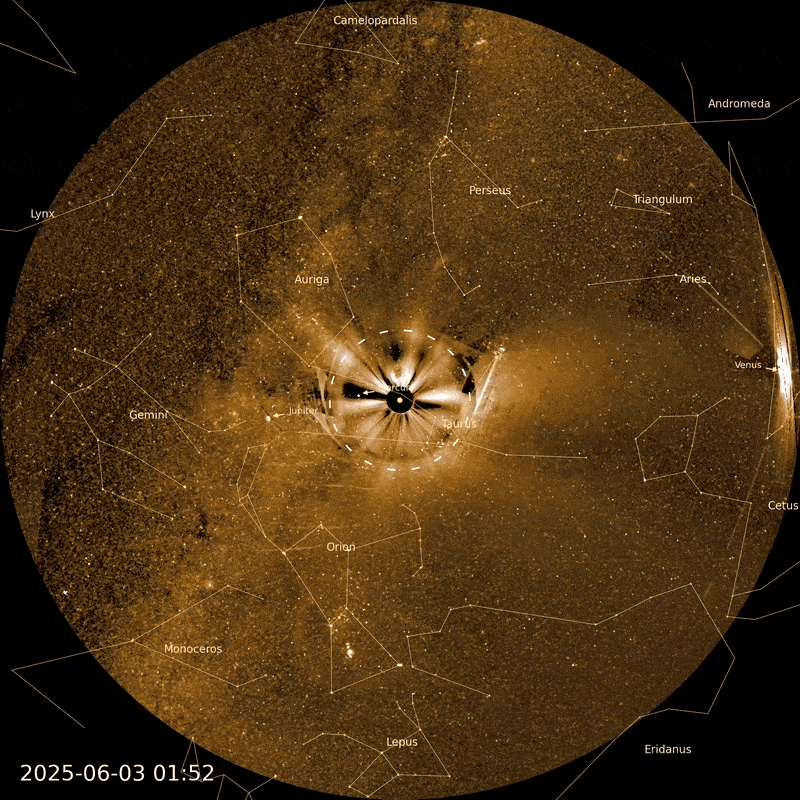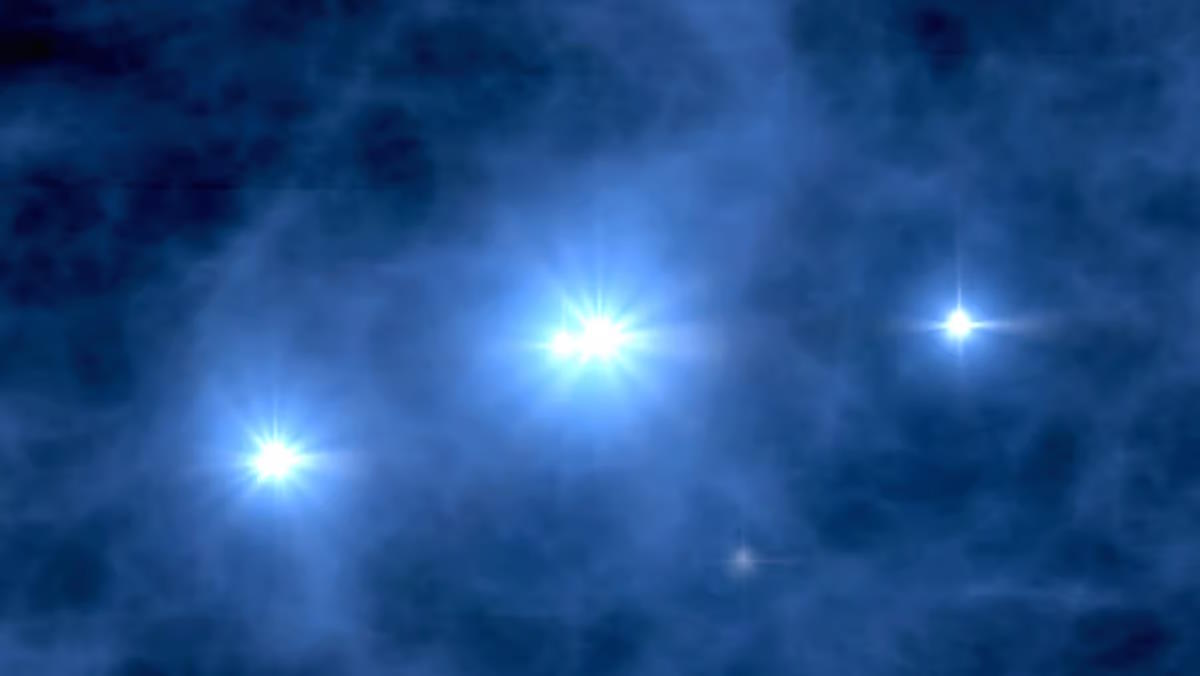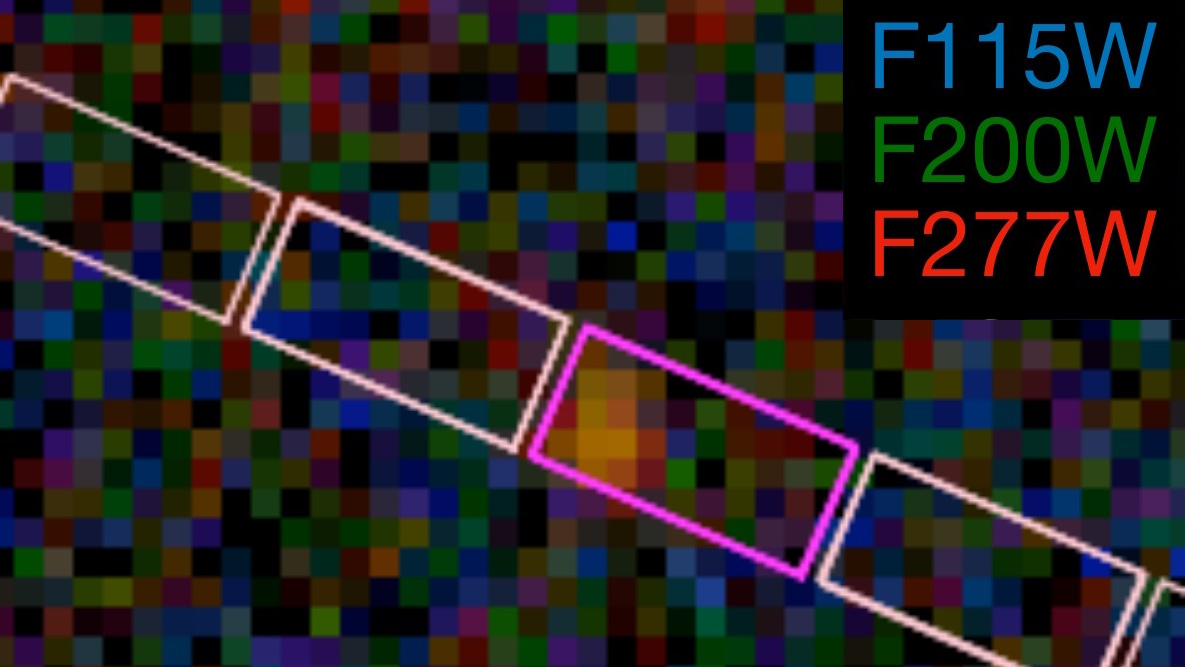Most Powerful Black Hole Jet Ever Spotted By NASA’s Chandra

Over 300,000 light years long, a new record!
“Mozart’s music is like an X-ray of your soul — it shows what is there, and what isn’t.” –Isaac Stern
From 500 million light years away, the Chandra X-ray telescope has mapped out a 300,000 light year-long jet coming from the galaxy Pictor A.
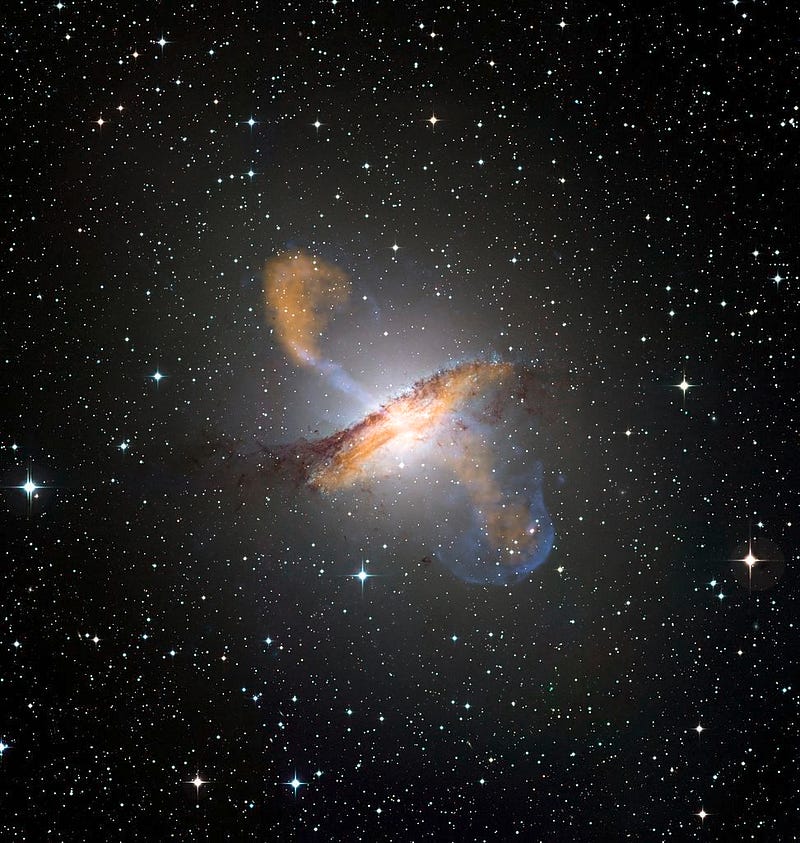
Like many active galaxies, it’s powered by a supermassive black hole many millions or even billions of times the mass of our Sun.
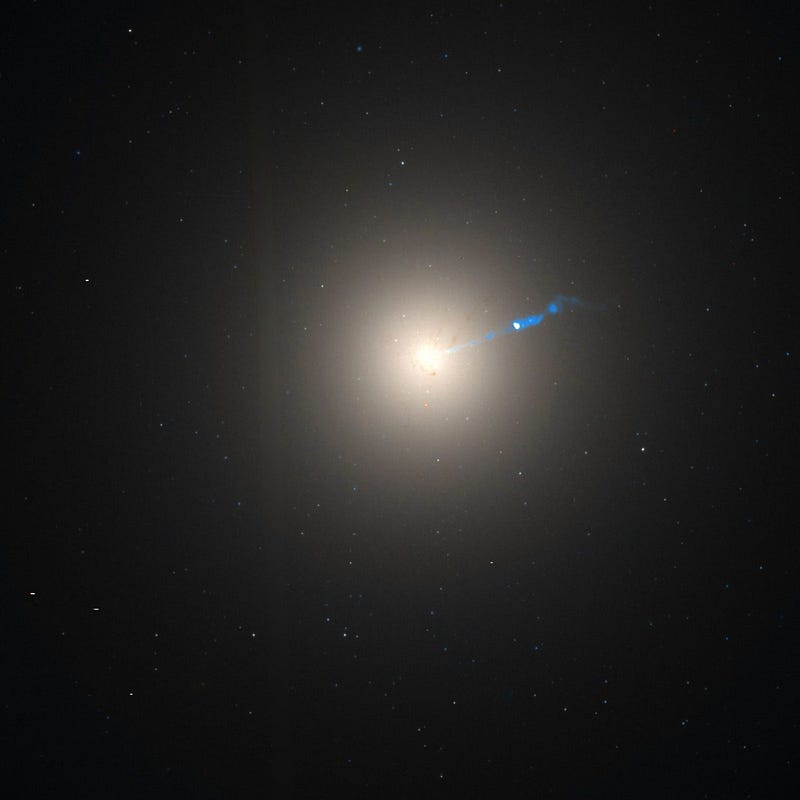
Some of these black holes accelerate and spit out infalling matter, giving rise to intense emissions.
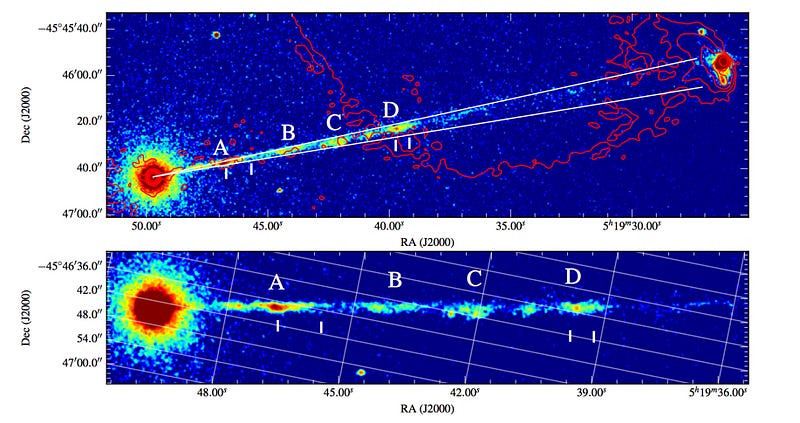
These span the spectrum from high-energy X-rays down into the low-energy radio.
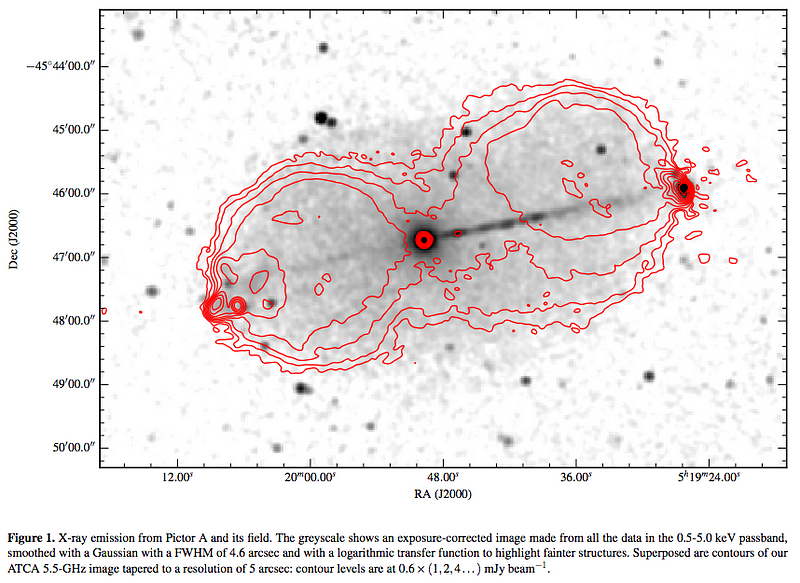
The radio lobes of gas provide a medium for these high-energy X-rays to interact with, creating an intense shock wave where the electrons exceed the speed of sound in the gas.

The “hot spot” at the end is the culmination of this jet, which is caused by electrons being continuously accelerated by the galaxy’s magnetic field.
Other explanations, such as high-energy electrons boosting a CMB photon into the X-ray, apply to some very distant galaxies, but are ruled out here.
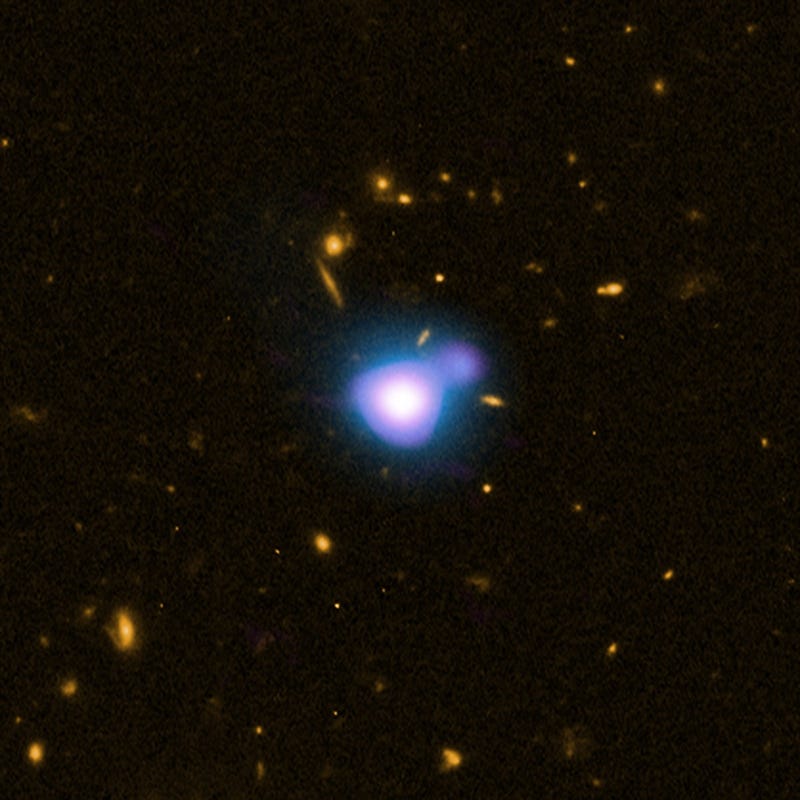
The lack of good optical or ultraviolet data mean we still don’t know whether this is a spiral or an elliptical galaxy.
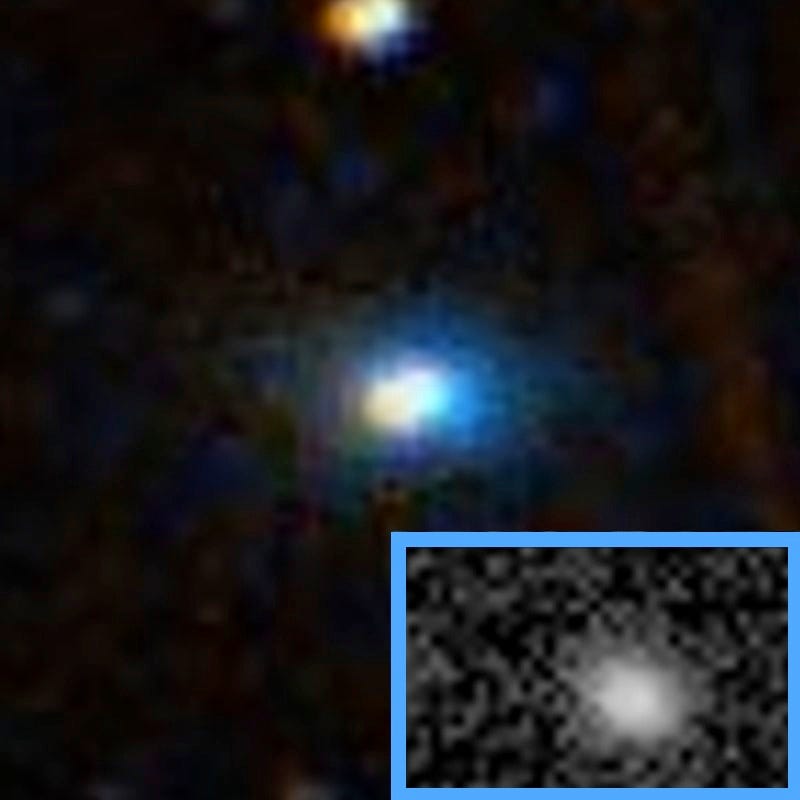
Despite these unknowns, Pictor A possesses the largest single X-ray jet in the known Universe.
Mostly Mute Monday tells the story of a single astronomical phenomenon or object primarily in visuals, with no more than 200 words of text.
This post first appeared at Forbes, and is brought to you ad-free by our Patreon supporters. Comment on our forum, & buy our first book: Beyond The Galaxy!


